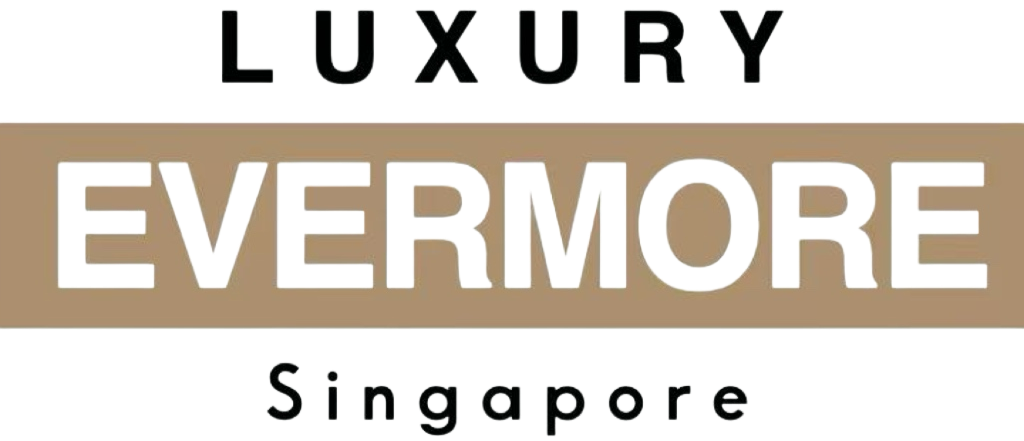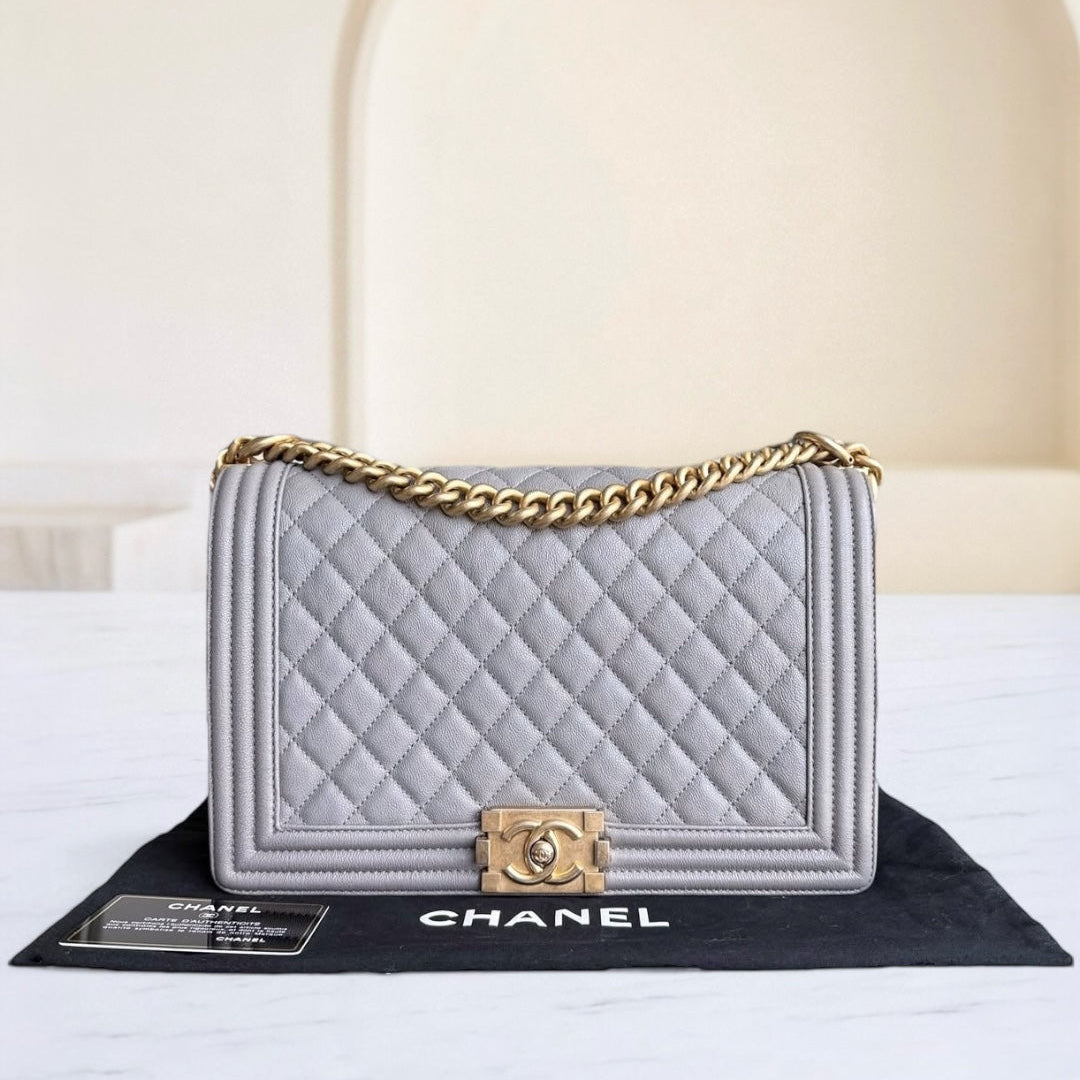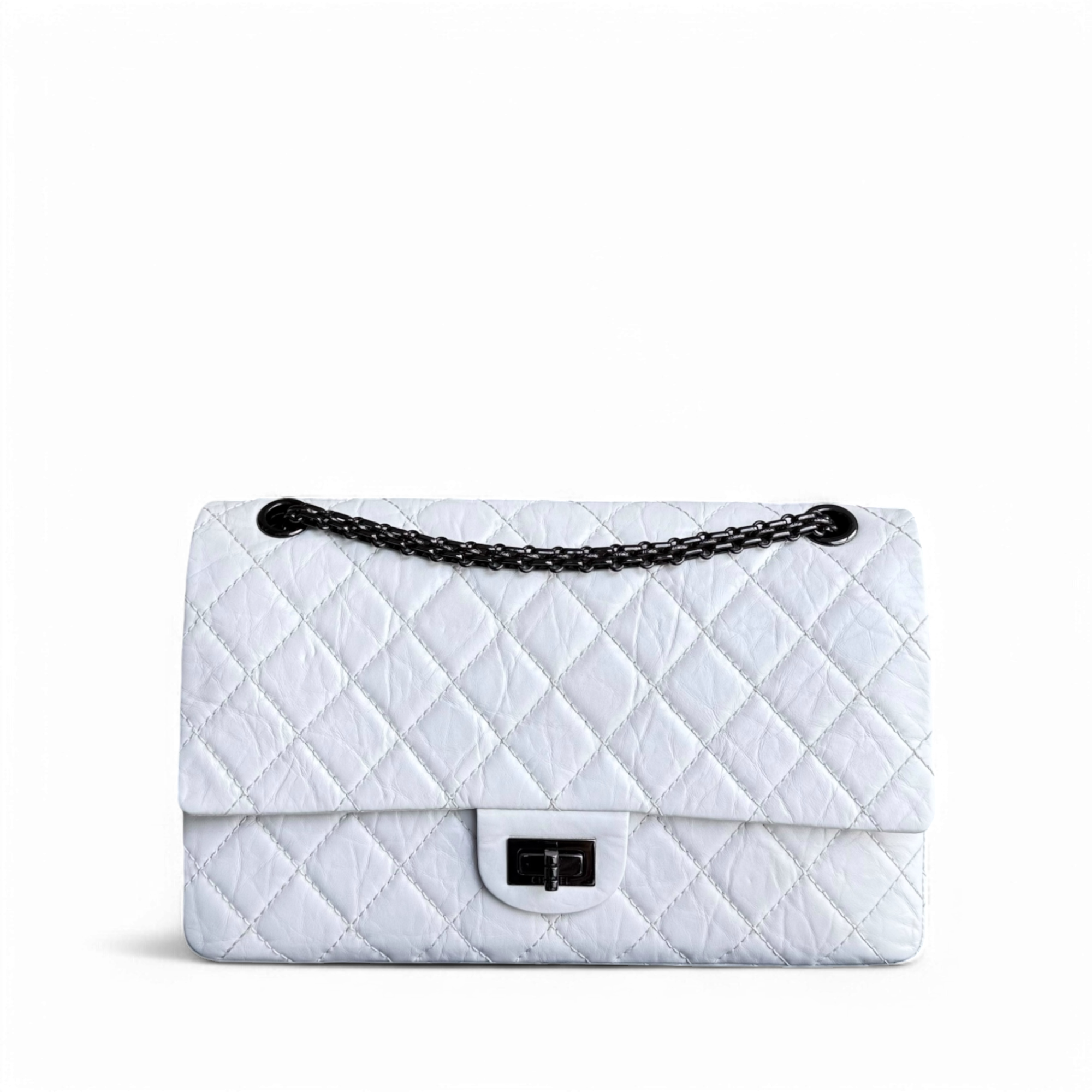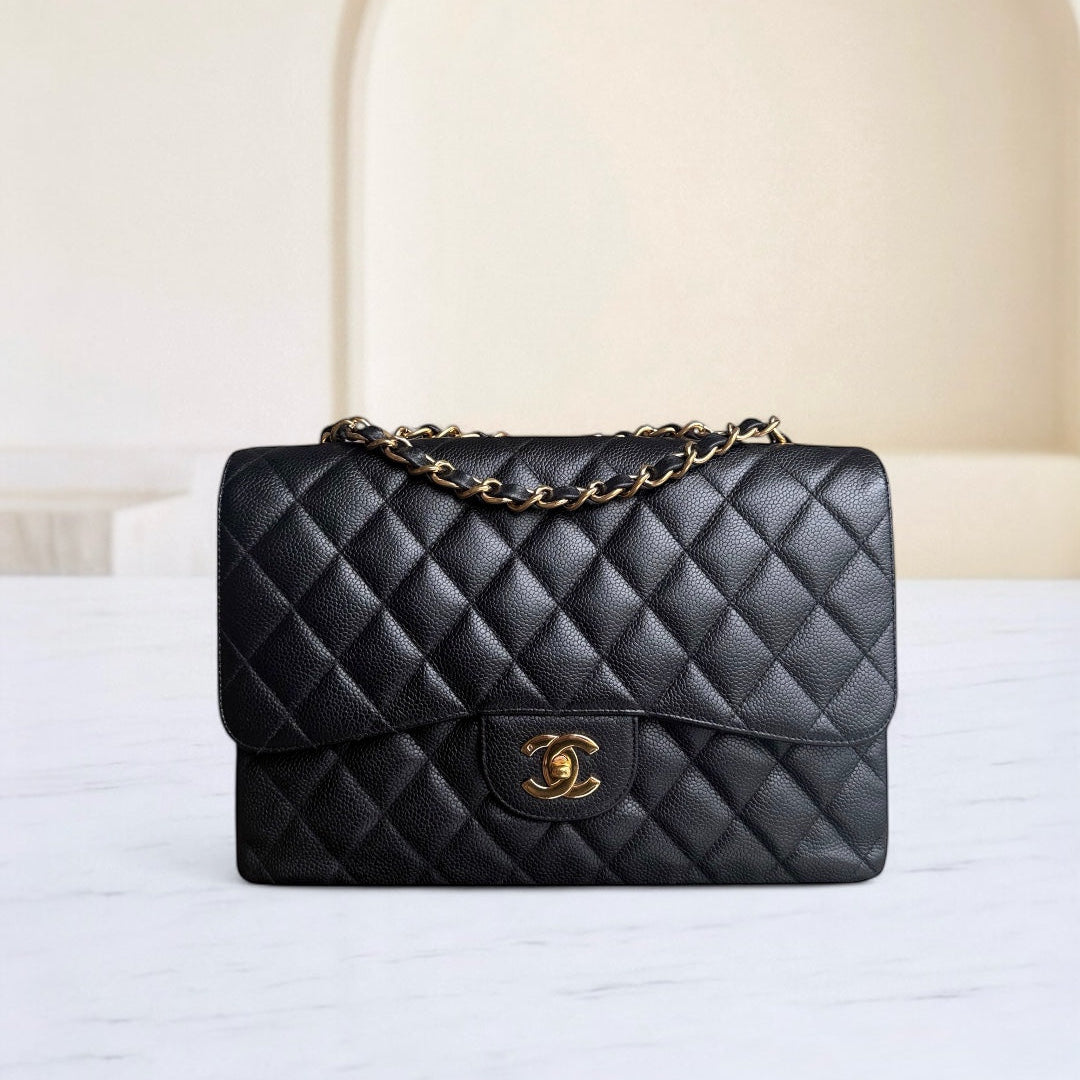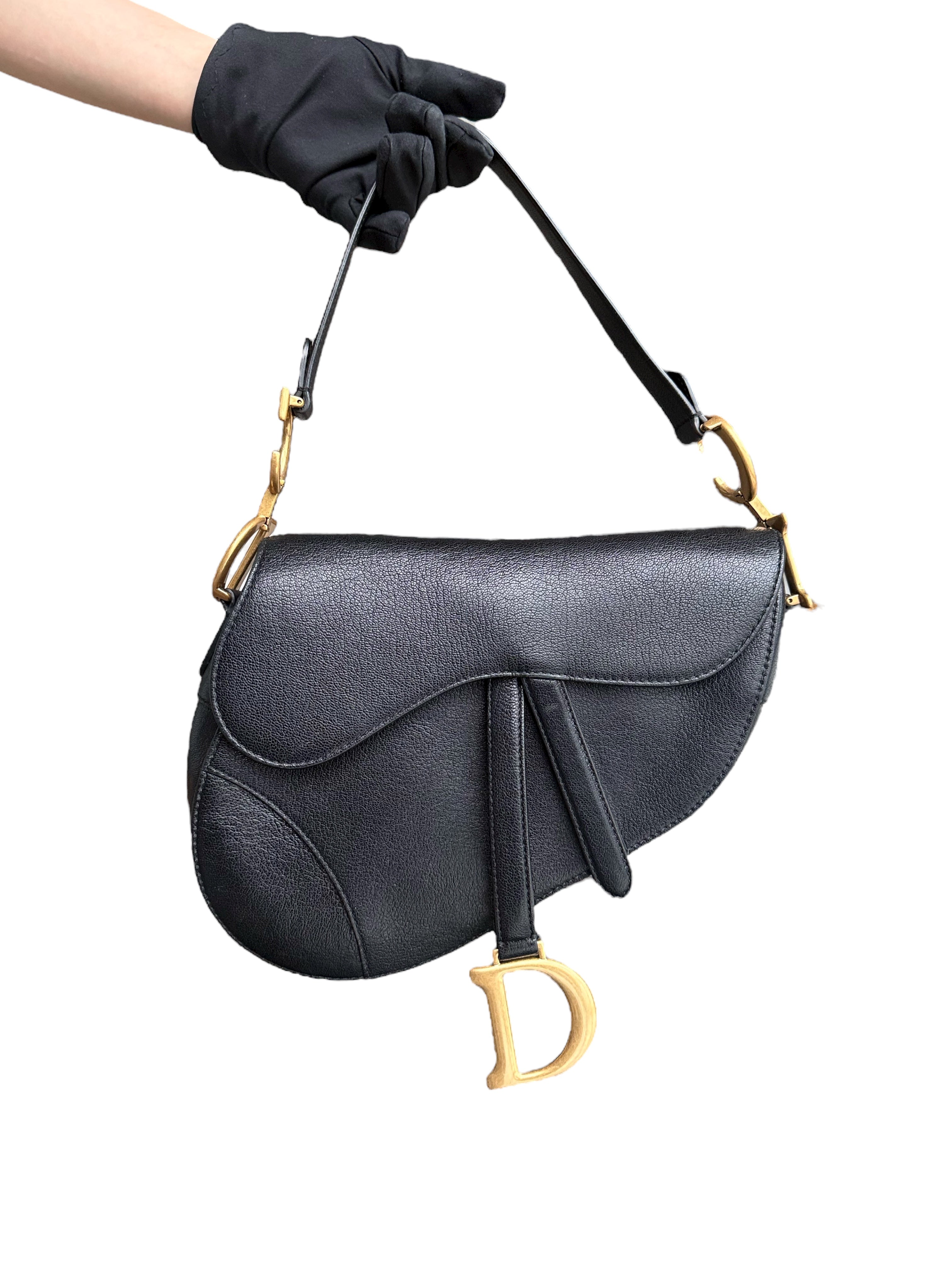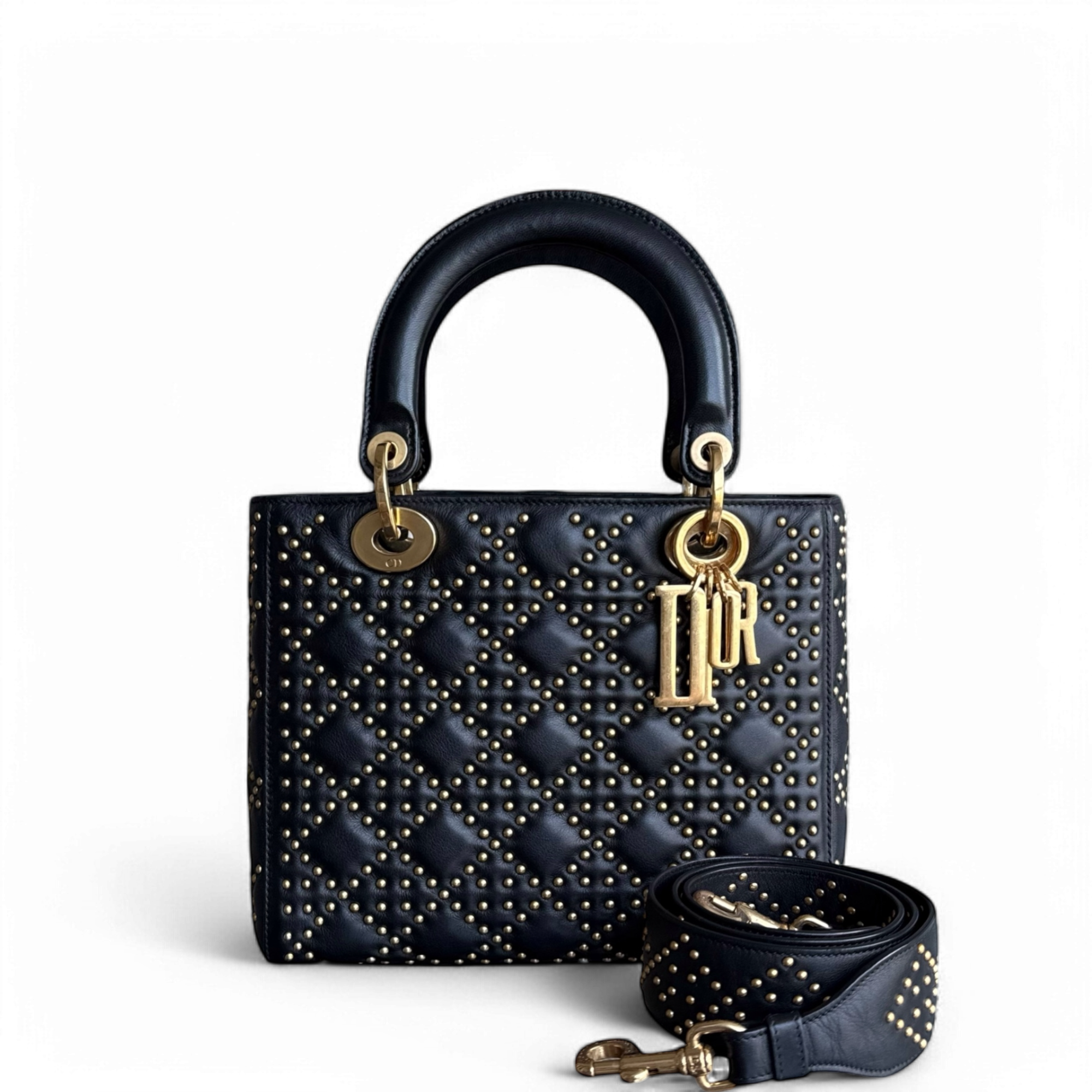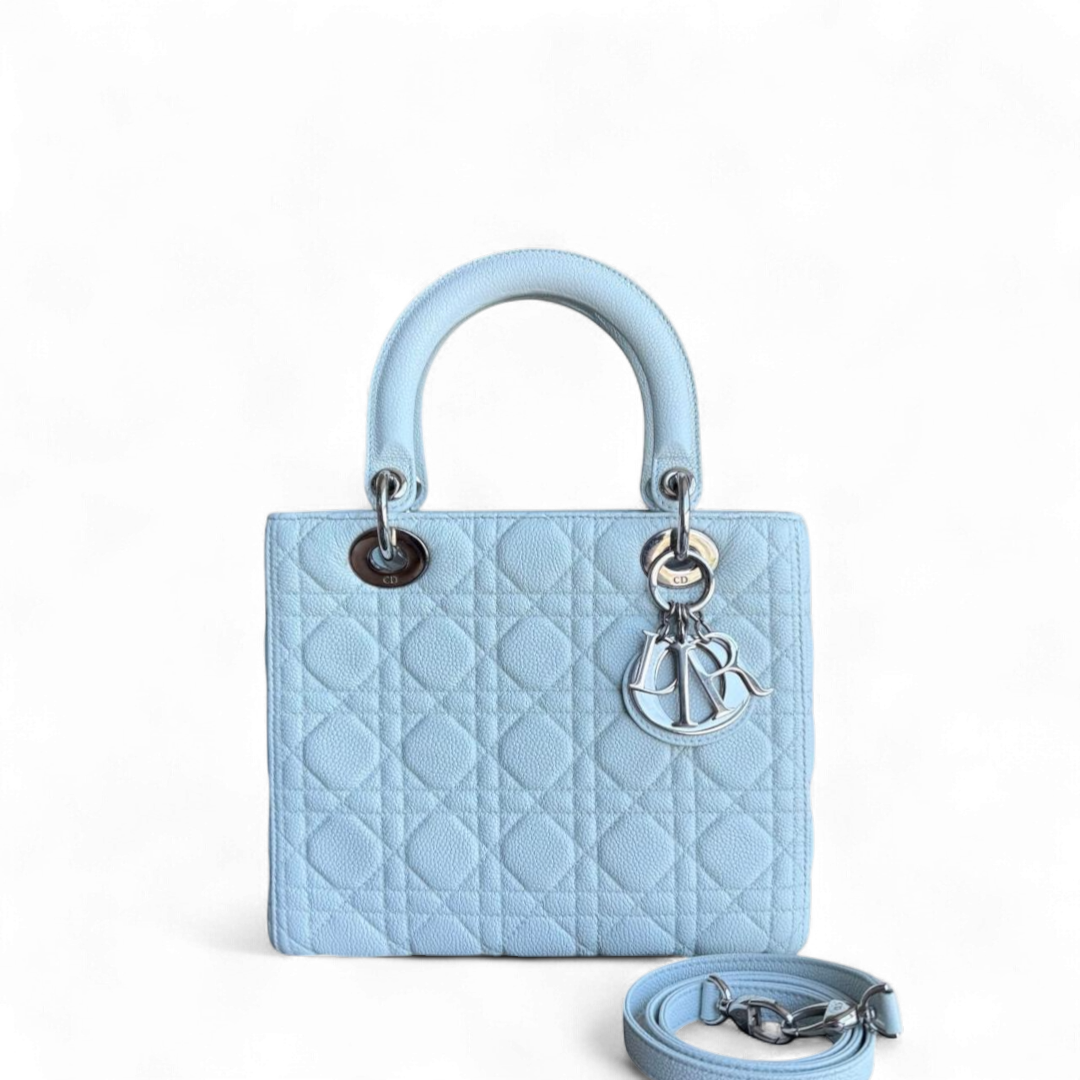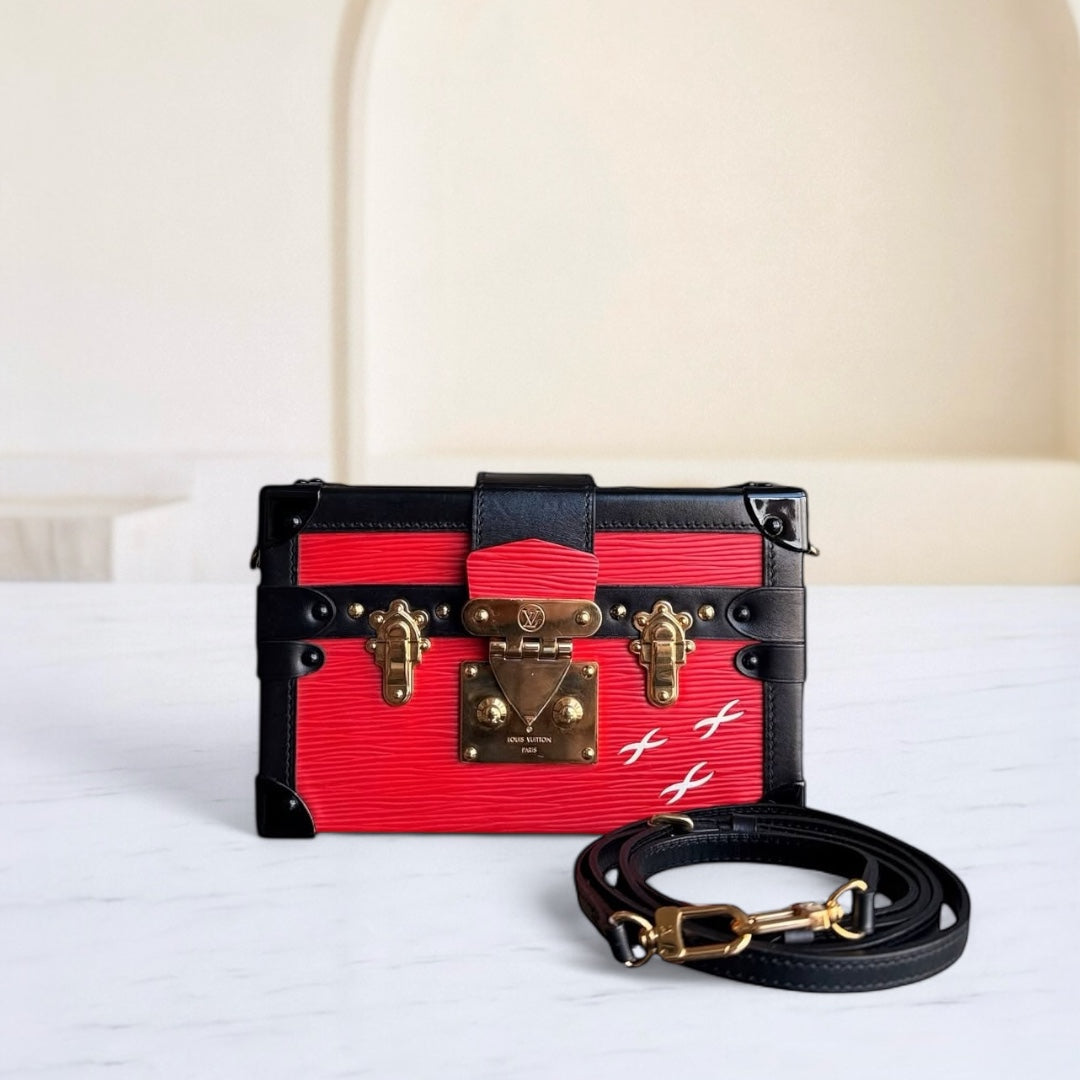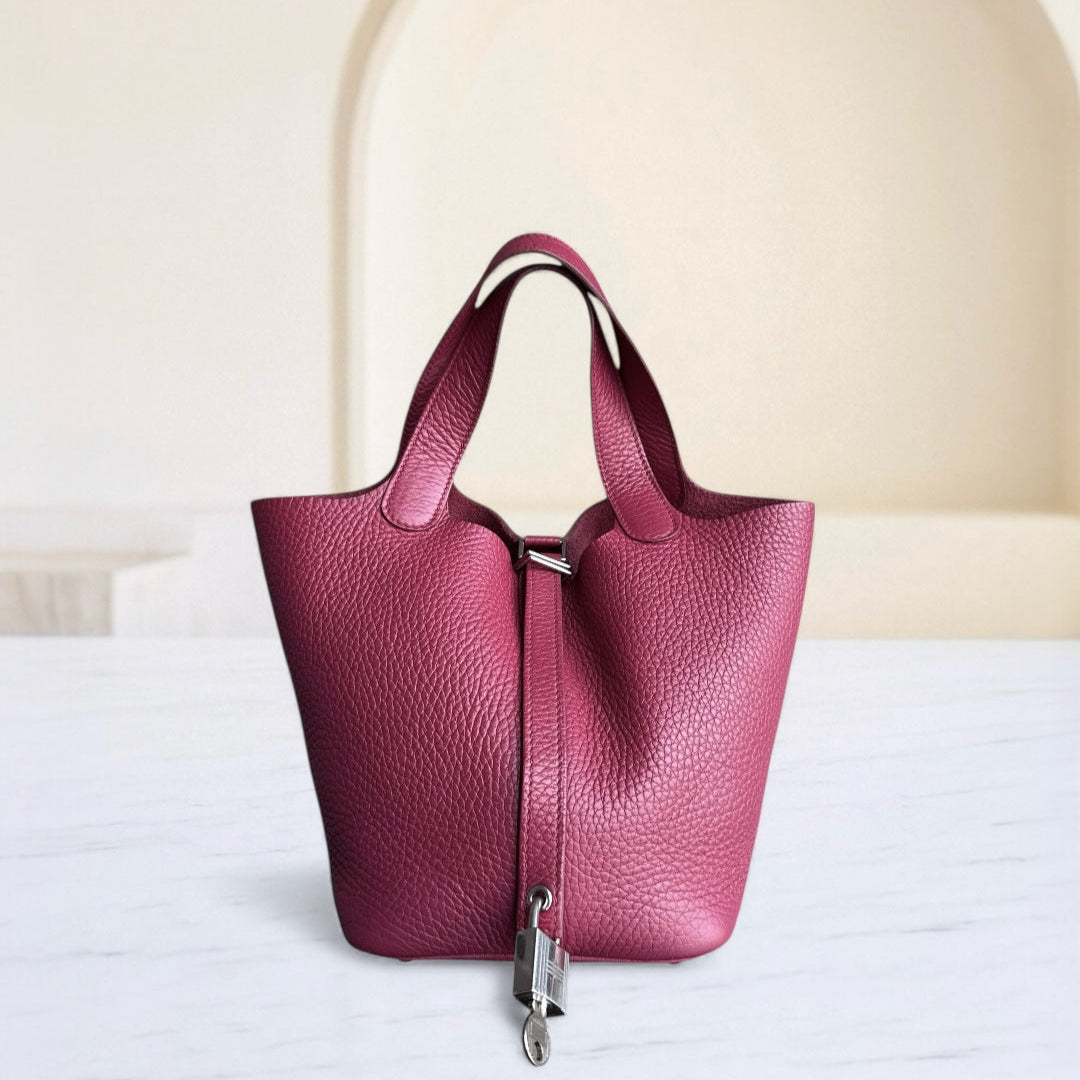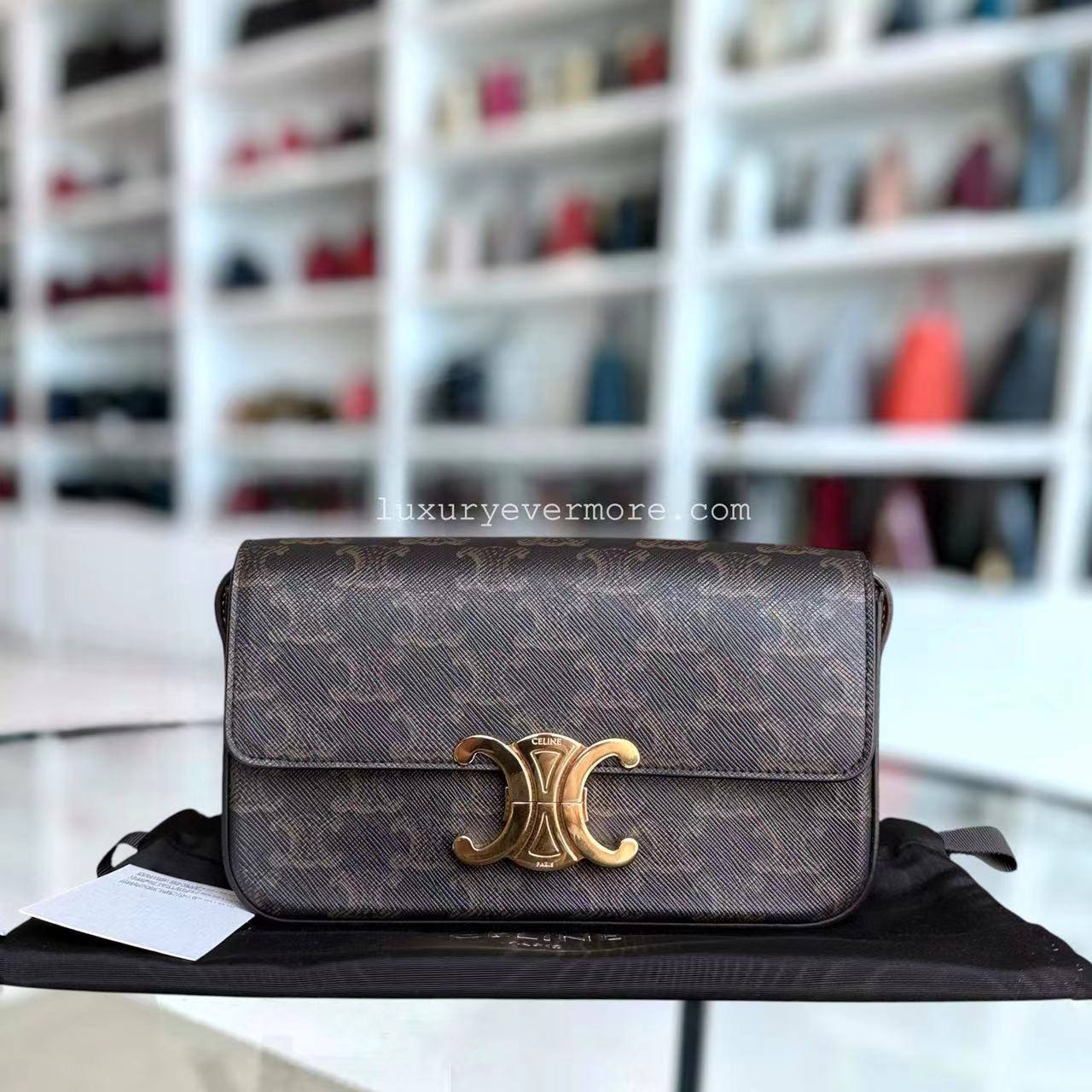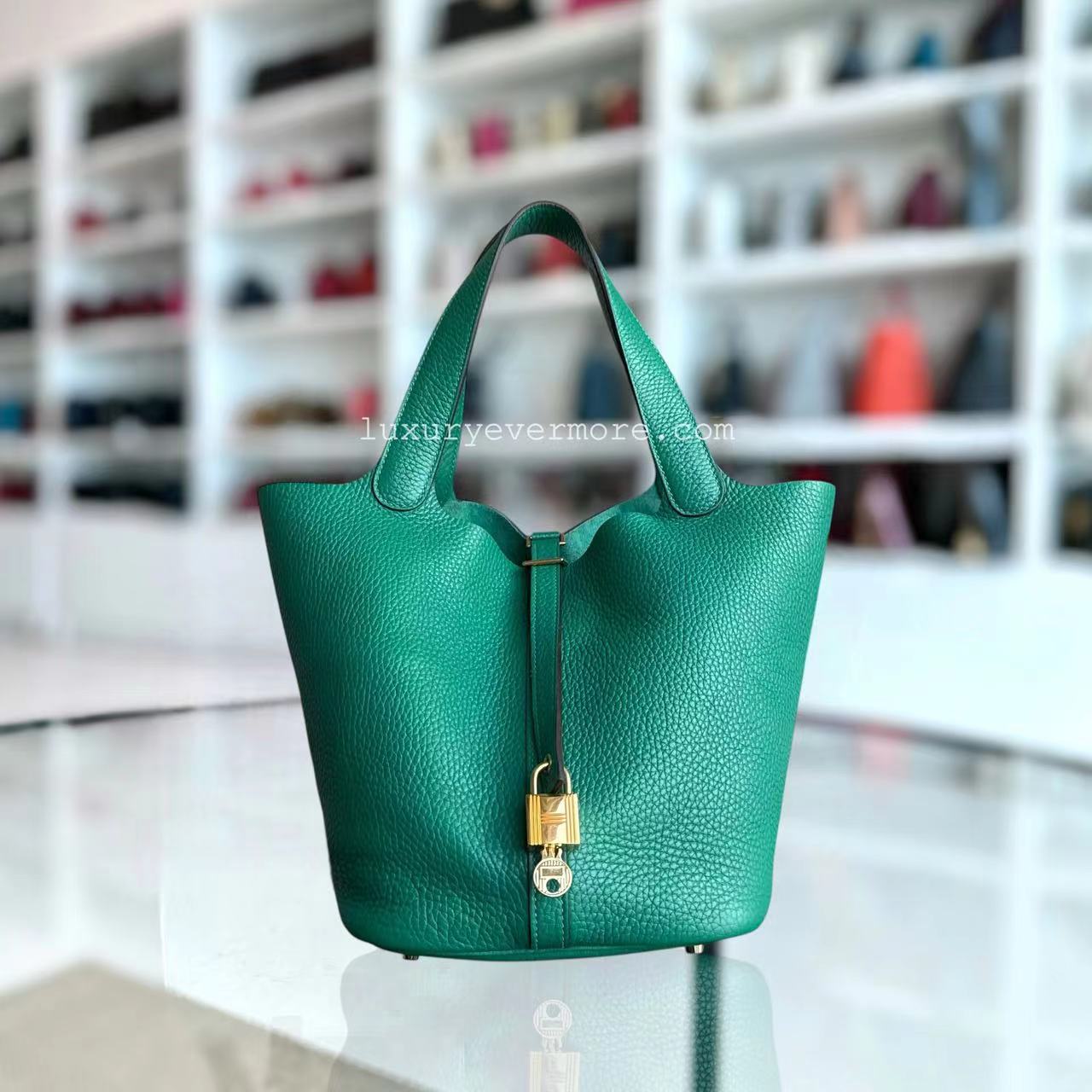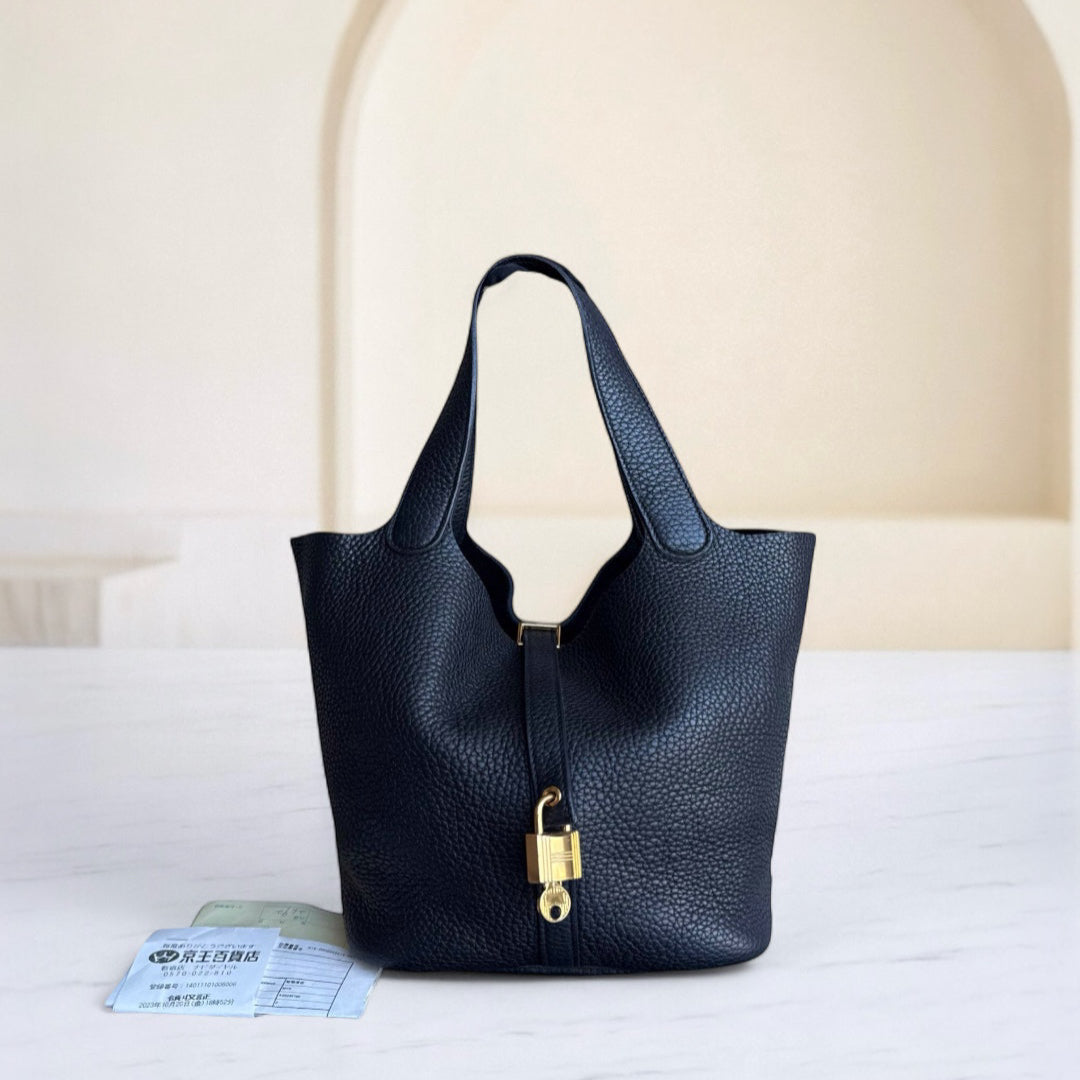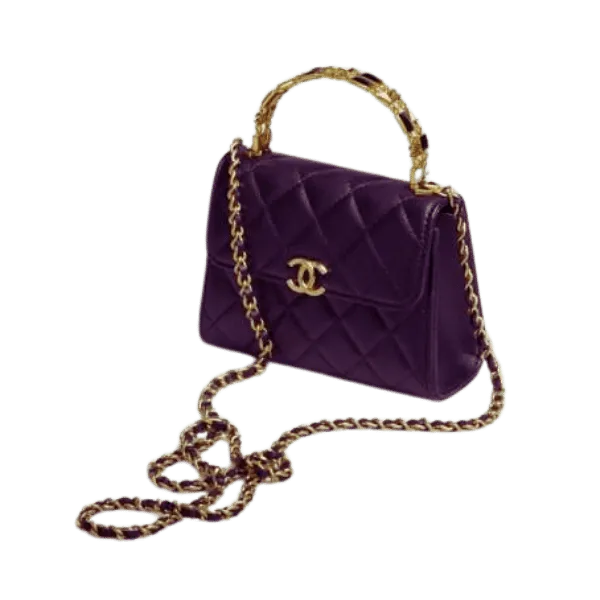The Fascinating World of the Most Expensive Blue Diamonds and Their Value
Being one of the extremely rare gems, blue diamonds are one of the most desired in the market due to their great appearance. The major reason that sets them apart from the rest of the color diamonds is the small proportions of boron incorporated in their crystal lattice structure. This serves as a great feather in the crown for blue diamond owners, especially considering the affiliations that possess great wealth and have the ability to pay high prices for these gems. This jam-packed introduction indeed sets the stage right in exemplifying the reasons why blue-colored diamonds have acquired a status of a symbol of richness and beauty. Considering the fact that blue diamonds have an allure that is hard to resist, they are often sold at record prices at fine auctions and private sales. In this piece, I will try to broaden the context of the blue diamonds by exploring the history, marketing strategies, and science that is underlying these exquisite gems.
What Makes a Blue Diamond So Special?

A blue diamond is rather unique and rare due mostly to its distinctive color, which is due to the inclusion of boron atoms within it. To turn such color into life, the presence of boron atoms indeed does quite the job since it enhances the diamond's phosphorescent characteristics. But again, the rare mining locations where these stones are available, such as the famous Cullinan mine in South Africa, only worsen the situation for Blue Diamonds. However, the strong appeal of Blue Diamonds is further strengthened by its links with powerful people created centuries ago and the great demand in the luxury market to possess them. Of great interest, as technology advances in gemology, more understanding of their origin and properties is obtained, which allows blue diamonds to remain one of the most valuable stones in the market.
Understanding the Blue Color in Diamonds
The characteristic feature of diamonds – their distinct blue color – spatially separates them from other stones. The difference comes from the presence of boron atoms located inside the lattice of diamond crystals. As an edge, these boron atoms also tend to absorb certain wavelengths of light, mainly the red ones, and as a result of this combination, these diamonds advance that signature blue hue. Though blue diamonds are roughly 10 on the Mohs scale of mineral hardness and share the same ranking with other diamonds, their density is approximately around 3.5 g/cm³ Credits.
Scientific studies have apparently indentified the prevalence of boron that can be as low as a few parts to several hundred billion parts. Diamonds that contain such varying quantities of boron will have different saturations in terms of hue and color, with blue being dominant. Geographically, Australia retrieves the argyle blue diamond while South Africa retrieves the Cullinan blue diamond, and each blue diamond gemstone possesses distinguishing features. Statistics, according to a recent report, show that approximately 0.02 percent of all diamond production is blue diamonds, revealing how rare the blue diamonds are, and this directly relates to their cost.
The Role of Type IIB Diamonds in Blue Diamonds
IIB brings about integral changes with regard to the classification of blue-type diamonds, as those are the diamonds characterized by the presence of boron in minute amounts. Type IIB diamonds, in this context, are nitrogen-free and, instead, possess something out of the ordinary in terms of conductivity and color; this is unlike Type IA diamonds, where nitrogen is present. The presence of boron and NC in such diamonds has been said to influence the diamond’s physical and optical properties, with the most impacted trait being their ability to conduct electricity, which is, in fact, a rare physical property in diamonds. Due to the complexities related to their formation and their rarity, Type IIB blue diamonds are coveted in the gemstone market and attract several collectors and connoisseurs alike.
How Natural Blue Diamond Formation Occurs
An immense geological complexity is highlighted in the formation of blue diamonds as a natural process and it takes place deep inside the mantle of the Earth. Typically, it is said to be at high depths that exceed 650 kilometers or 400 miles, where extreme conditions of high temperature and high pressure exist. In addition, blue diamonds possess a characteristic bluish color due to the faint presence of boron, which is most likely sourced from the incorporation of the crystal lattice during the subduction of oceanic plates. Recent studies bolster the idea that due to tectonic activity, boron, which was once ferreted on the surface of the Earth, found its way down to these depths, where it carved a portion of the pyriform of carbon in the unique environment of the mantle. When they return to the ground through volcanic eruption, such diamonds retain their astonishing features. With the increased geological research, blue diamonds have claimed their position to be one of the least found forms of diamond, possessing few proven sources around the world. they include mining areas in South Africa and Australia, making them rare. Their rarity has ensured that they continue attracting substantial interest and worth in scholarly circles and also the marketplace.
How is the Price of Blue Diamonds Determined?

Factors Influencing Price Per Carat
There are several key components that are central to the valuation of blue diamonds. To start with, the color of the diamond is much of the time among the first factors of a diamond’s worth with dark blue diamonds often being the most expensive. The weight of the diamond is also a critical factor; larger blue diamonds are harder to find, meaning they require a higher price. The clarity grade of diamonds also factors in, as fewer inclusions equate to more value. Cut quality should also be taken into account as this affects the amount of light that passes through the diamond and how good it looks. The market will also set a price based on the location of the diamond as certain mines carry more value than others. As the consumer interest changes from region to region and the supply is always limited the pricing patterns in the gemstone business are always changing.
The Impact of Carat Weight on Pricing
The weight in carats of blue diamonds is significant because the value of blue diamonds relies on the weight of the diamond, which is directly correlated with rarity and demand. It is also said that the higher the carat weight, the higher the diamond is likely to be in value. Reported data from reputable sources like GIA indicate that when it comes to carats, the prices tend to go up drastically, so much that even a slight gain in weight results in a sharp rise in price. What's more, larger diamonds tend to have better light reflection and brilliance, and thus, they appear more attractive. The websites of well-known high-end merchants such as Blue Nile and Leibish & Co. demonstrate that the market has numerous buyers who are ready to spend considerable amounts of money on high-quality large blue diamonds. Thus, it goes without saying that carat weight is an important factor when estimating the value of blue diamonds.
Market Trends in Expensive Blue Diamond Sales
Recent research courtesy of the Finsmes brand suggests that the market for understanding blue diamonds is always performing well owing to their unique durability and appeal in investing. Moreover, according to recent reviews of the industry available , it is observed that blue diamonds are in high demand by some individuals thanks to the shift in the market, which allows them to know that such assets will appreciate in the long run. Blue diamonds retailing at auction sites like Sotheby’s and Christie’s have been going selling at all time rates, blue diamonds alone make prices exceeding the estimates given the competitive estimation before sales. In a case in 2023, a blue diamond that was rare went for over $50 Million, which made it the highest-paid stone in that financial year. These statistics demonstrate the probability of blue diamonds being a long-term investment, which in return yields more resources thanks to the unfixed economic status. Additionally, these trends signal a tighter market that only makes banks one of the most valuable and in-demand assets in the jewelry market cut as the cuts only reduce the supply.
What are the Different Types of Blue Diamonds?

Characteristics of Fancy Light Blue Diamonds
Fancy Light Blue Diamonds have a more subtle color than blue diamonds and are considered, as a result, closer to white, so they have a less intense or saturated color. The presence of Boron within a diamond’s atomic structure makes it pale blue, but not all the time. Compared to other types of diamonds these are richer than their counterparts as their value greatly surpasses their color along with their lightness, complemented by how rare they are. According to Google reports, these have become increasingly popular over the years for their simplistic and able look, which also comes with a high secondary market value , so collectors have been falling in love with these. The prices of such diamonds are also indicative of how in demand the stones are in the market based on their grade, cut, and micron size, along with how pure and deep the stone’s color is.
Examining Fancy Intense Blue vs. Fancy Vivid Blue
Fancy Intense Blue Diamonds and Fancy Vivid Blue Diamonds are some of the best-valued gemstones because of the unique nature of their colors and their rareness. What sets the two apart is the present saturation. A fully established tonal blue appearance Vs. a saturated blue color, which is in between the softer Fancy Light Blue and Vivid hues, would classify the Fancy Intense Blue Diamonds. These saturations make them appealing and opulent, hence why they are sought after by wealthy collectors of high-end jewelry.
As opposed to the above, Fancy Vivid Blue Diamonds have an even greater level of saturation and intensity: the end result is color that’s a brilliant and unblemished blue that’s hard to part from. Such hues are markedly deep, making Fancy Vivid Blue Diamonds very scarce and valued; some would even say they are overpriced. The change in color to Fancy Vivid Blues can be traced back to the concentration of boron in the diamond’s crystal structure, which further enhances the bluish color.
As per market analysis conducted in recent times, Fancy Vivid Blue Diamonds can demand about Twenty to Thirty percent higher prices than the Fancy Intense ones, Considering other factors like carat weight, clarity, and cut. The rarity of both even more emphasized by the lack of new finds guarantees the two categories a prime position in the ranking of luxury gemstone. Furthermore, the supply of these gems is never enough as they are in demand from passionate individuals willing to invest to imagine having such beautiful possessions.
The Rarity of Faint Blue Diamonds
Faint Blue Diamonds have a blue hue, which is relatively less intense when compared to their Fancy Intense or Fancy Vivid counterparts. However, this wide appeal simmering within the diamond industry is still striking in nature. When scanned on a molecular level, diamonds possess small traces of boron which explains their coloring. The clash between nature's dormant ability to grow these diamonds and the sky-blue hue in them is alarming. Out of the 100 diamonds on earth, only 100 are faint blue, which explains its rarity. In recent times, history has indicated that there’s a gap between the colored diamond collector and the faint blue diamond collector. There’s a demand for women’s blue-colored diamonds, so the collector market encroaches on women’s history to create a new market for colored diamonds. Current data depicts a vivid picture of the market for blue-colored diamonds aiming at entry for aspiring colonized women and collectors. Reports suggest that by the end of 2030, business-wide, there would be a rare appreciation of value across colored diamonds without the 100 price tag of the blue ones.
Are There Famous Blue Diamonds?

The Legend of the Hope Diamond
Due to its unique deep blue color and size, the Hope Diamond is the stone that is most talked about in the world. The diamond, weighing approximately 45.52 carats, supposedly came from the Kollur mine located in India. It has been established that blue diamonds, including this one, owe their coloring to boron impurities. The Smithsonian Institution in Washington D.C. possesses the diamond today, which has had a fascinating history that includes legends of curses that added fuel to its charm. This so-called curse did not affect the diamond such that it still remains an important and valued piece of history worth hundreds of millions as of today.
The Story Behind the Oppenheimer Blue
The Oppenheimer Blue is one of the most popular blue diamonds, and it is recognized for its incredible size and color. Weighing 14.62 carats, it has the distinction of being one of the hefty Fancy Vivid Blue diamonds sold in an auction. The diamond is named after Sir Philip Oppenheimer, a very prominent figure in the diamond business. The diamond was fashioned into an emerald cut which accentuated its splendid color and clarity. The diamond was sold in May 2016 during Christie’s Geneva Magnificent Jewels auction, and it attracted stunning bids, thus highlighting both the extreme rarity of vividly colored blue diamonds and the great demand for them. The appeal of Oppenheimer Blue goes beyond mere physical characteristics to its exclusively defining owner and the circumstances under which the diamond was purchased.
Exploring the Blue Moon of Josephine
The Blue Moon of Josephine is a gorgeous blue diamond, with the most prominent feature being the color and its size. This diamond weighs 12.03 carats and has a certification of Fancy Vivid Blue, which is the highest rating given to blue diamonds, and it is believed to have originated from the Cullinan mine in South Africa. The diamond’s fascination and charm were emphasized in November 2015 when it was auctioned at a Sotheby’s event held in Geneva. The event made headlines after Hong Kong billionaire Joseph Lau, who named it after his daughter, Josephine, won the diamond. The demand for this particular diamond was immense, considering it was sold for 48.4 million dollars. The price tag made it clear that investment for gems, especially colored ones, was ever-growing. Considering what seems to be an increased stature and value for blue diamonds, the trend does not seem to slow down. The sense of prestige associated with blue stones has only increased; never have they been more in vogue.
How to Choose a Blue Diamond Engagement Ring?

Tips for Selecting the Perfect Blue Diamond Ring
- Understand the Color Grading: Blue diamonds have different shades ranging from faint blue to fancy vivid color. For a vibrant diamond hue, dont recommend any grade lower than fancy intense.
- Consider Carat Weight: Diamonds have a carat as their measurement unit and the bigger the diamond the higher the value. Depending on your budget, assess the importance of size and then color and make the right choice for yourself.
- Examine Clarity: Most diamonds do have some inclusions because of the natural process they undergo for origin. Check out for a high clarity grades such as VS1 and VS2 that contain slight inclusions which do not intercept the beauty of the diamond.
- Assess the Cut: The cut plays a great part in determining the diamond’s sparkle and look. Blue diamonds are usually well complemented with emerald or cushion cuts as they help to blossom the stones beauty as well as its color. Get the cut right to ensure the diamond surfaces light at all angles.
- Verify Certification: Ensure to buy from respectable jewelers who offer a gem certification institute rather than fakes such as the GIA. This will also ensure that the diamonds color, clarity, cut and carat are checked, proven, and of high standard.
- Set a Budget: Blue diamonds are rare and therefore expensive. Make sure you set a financial plan in advance in order to assistyou with selection and be ready to compromise on some of the parameters (color, carat, clarity, cut) according to your individual preferences.
- Explore Different Settings: The ring’s metal can be in relation to the diamond. In order to bring out the blue colour, one can go for platinum or white gold, but yellow gold can be used for warmer shades. Different settings can also help change the perspective of the ring design.
- Consider Rarity and Future Value: Since blue diamonds are hard to come across, it makes sense to put money into these gemstones. Identify the fluctuating trends in the market to foresee the increasing value of the diamond, thus being able to enjoy the diamond throughout the years.
Comparing Blue Diamonds vs. White Diamonds for Engagement
Selecting a diamond for an engagement ring can depend on one’s preference between blue and white diamonds. Blue diamonds derive their distinguished colors from trace amounts of boron and can be described as a spectrum between light blue and deep blue. Due to their rarity, they become precious to someone seeking an exclusive piece, thus greatly adding to their value. On the other hand, white diamonds are accented for their sparkles since they can be set into any design with any form of metal. They are graded from one to the other based on a colorless to slightly colored scale with good diamonds on the upper scale, which are those with clarity and excellent light reflection. Therefore, while engagement diamonds come in different colors and uniqueness, blue diamonds are extravagant but are expensive, meanwhile white diamonds can either be elegantly unique or pricey within affordable ranges.
The Importance of Blue Diamond’s Value in Selection
Blue diamonds are one of the rarest and the most sought-after gemstones in the market, and the significance of blue diamonds in selection is accentuated by their historical increase in value and rarity. Blue diamonds, as recent market analyses have shown, have become one of the best investments as their price has risen remarkably over the years. Reportedly, the auction rates for blue stones remain in the millions per carat, especially when the shade color range is deep and vivid, and the clarity range is superb. Increased market value is explained not only by the stone’s rarity but also by their symbolism of wealth and fashionable aristocracy. Potential investors should pay attention to the hue intensity, clarity, and carat weight of the blue diamond, as these have a great impact on the market price of the diamond. This great consideration ensures that the diamond will not only be a royal ornament but also an appreciating property in the future.
Reference Sources
Frequently Asked Questions (FAQs)
Q: Why are fancy blue diamonds worth more than other diamonds?
A: Fancy blue diamonds are a specific and expensive kind of diamond with a tinge of boron because of its low contents. Due to this uniqueness, they are ready to pay extra for these diamonds, unlike colorless diamonds, whose color is extremely rich and thus their price goes high, making them valuable in the diamond jewelry industry.
Q: Is there any difference in worth between a blue diamond and other fancy color diamonds?
A: Blue diamonds are known to be expensive compared to other diamonds like red diamonds or even pink ones. Blue diamonds are hard to come by and there’s a lot of demand for them. A few elements which determine the price of these blue diamonds are carat weight and how deep the color is.
Q: Are there any defining characteristics of a fancy intense blue radiant-shaped diamond?
A: The color of a fancy blue radiated diamond encourages brightness and grows through a certain form shape with reverse-angled, triangular facets. This means that emerald cut shapes and round shimmers create a radiant cut which further explains the intense color of blue diamond jewelry.
Q: Has there been a blue diamond that has been hailed for making the highest sale?
A: Several blue diamonds have fetched the highest prices ever at auctions, setting new records in this diamond book. Due to their unique nature and elegant look, these diamonds greatly attract customers and fetch high market prices.
Q: What are the reasons that blue diamond jewelry is preferred over other types of gemstones?
A: The blue color and the rarity of the blue diamond are some of the characteristics that make blue diamond jewelry quite appealing. Fancy blue diamonds, on the other hand, are highly collectible and sought after because they have an exceptionally beautiful structure, which a colorless diamond does not have.
Q: What distinguishes blue diamonds from natural diamonds as less expensive or more expensive?
A: Blue diamonds, especially fancy blue and fancy deep blue, are rare and distinct in color and thus more expensive than natural diamonds. The distinct characteristics of blue diamonds may warrant high blue diamond prices, as compared to the majority of other colorless diamonds, which are relatively abundant.
Q: Why do collectors show more interest in fancy blue diamonds in the marketplace?
A: Fancy blue diamonds are rare and have exquisite color, which makes them very appealing and satisfying to possess. Because of their beauty and rareness, blue diamonds are always in demand and are a stunning addition to any diamond collection, where they tend to be sold at high prices.
Q: What guidelines should one follow when buying a blue diamond?
A: When deciding on a blue diamond, consider a few things, such as carats, color intensity, and cut quality. Carat weight and cut quality ensure maximum brilliance, while the range of blue to fancy blue tends to increase the value of such diamonds. A respectable jeweler also has more information regarding the blue diamond’s origin and current market price.
Contact Luxury Evermore should you need help with acquiring or building up your collection. There is a variety of brands with different styles, as well as sizes, and colors, for example, Hermes, Chanel, lv and Dior. If you are not lucky enough to find the bag you are looking for on our website then our concierge team will probably be able to order it for you. We provide 100% authenticity guarantee for all our bags, and any item sold on this site will be dispatched to you within one to two business days upon receipt of the payment.
